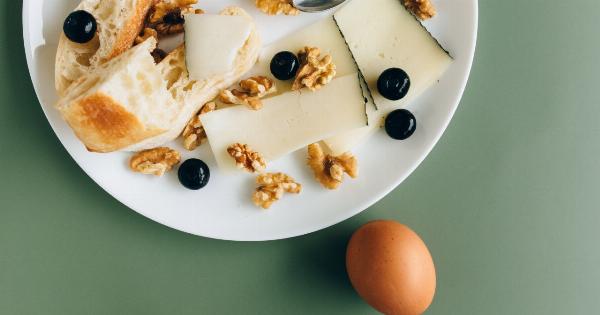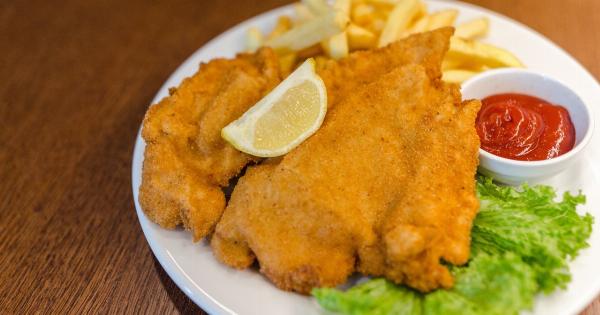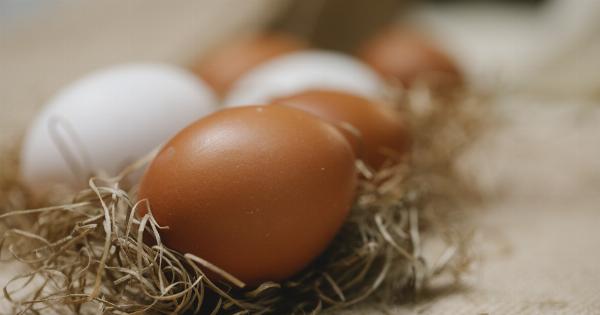Cheese is an essential part of French cuisine, and it’s considered an art to create the perfect cheese.
French fromage is famous worldwide for its unique variety, flavors, and textures, and it has been an integral part of French culture for centuries. In France alone, there are over 400 different types of cheese, and each has a distinct flavor and aroma. In this article, we will take a deep dive into the art of cheese and learn more about French fromage.
The History of French Cheese
The history of cheese in France goes back to the Roman times, where they introduced the technique of cheese-making to the Gauls.
Over the years, French cheese developed into a distinct art form, with different regions developing their own unique varieties. The French revolution played a significant role in the history of cheese as many monasteries and convents that had been making cheese were abolished, and many cheesemakers were forced to flee their homes.
However, this led to the spread of French cheese across Europe, and it’s now enjoyed worldwide.
The Different Types of French Fromage
As mentioned earlier, there are over 400 different types of French cheese, and they are divided into 8 categories: fresh cheese, soft cheese, blue cheese, cooked cheese, semi-cooked cheese, pressed cheese, goat cheese, and sheep cheese.
Each category has a unique flavor, texture, and aroma.
The Process of Cheese-making
Cheese-making is considered an art in France, and the process involves several stages. It starts with collecting the milk and choosing the right ingredients, including the starter cultures, which help to start the fermentation process.
The milk is then heated and coagulated, separating the curds and whey. The curds are then drained and compressed to remove any excess whey, and then added to a mold to take the desired shape. The cheese is finally aged until it reaches the desired texture, aroma, and flavor.
A Guide to Pairing French Cheese with Wine
French cheese and wine are a match made in heaven. The wine helps to enhance the flavor of the cheese and vice versa. However, not every cheese pairs well with wine.
As a general rule, white wines pair well with soft cheeses, while red wines are better suited for aged and hard cheeses. Here are some examples of well-paired cheese and wine combinations:.
Soft cheese with White Wine
Brie de Meaux with Champagne Camembert with Chardonnay Goat Cheese with Sauvignon Blanc.
Aged and Hard Cheese with Red Wine
Comté with Pinot Noir Beaufort with Bordeaux Roquefort with Sauternes.
Tasting French Cheese
Tasting and appreciating cheese is an art form in itself. Before tasting, ensure that the cheese is at room temperature, as this will enhance the flavor.
Take a small piece of cheese and place it on your tongue and let it sit for a few seconds to allow the flavors to develop. Then, chew the cheese slowly and savor the taste and aroma. Sip some wine and repeat the process.
The Health Benefits of French Cheese
Although cheese is often thought of as an unhealthy food, French cheese offers many health benefits. It’s a good source of protein, calcium, and vitamin B12.
Cheese is also rich in protein, which helps to keep you feeling full for longer and can aid in weight loss. In addition, some studies have suggested that cheese can reduce the risk of heart disease and stroke.
Conclusion
French cheese is an art form that has been perfected over centuries. With its unique flavors, textures, and aromas, it’s no wonder that French fromage is enjoyed worldwide.
Whether you’re a cheese lover or just starting to appreciate the art, French cheese offers something for every palate.































